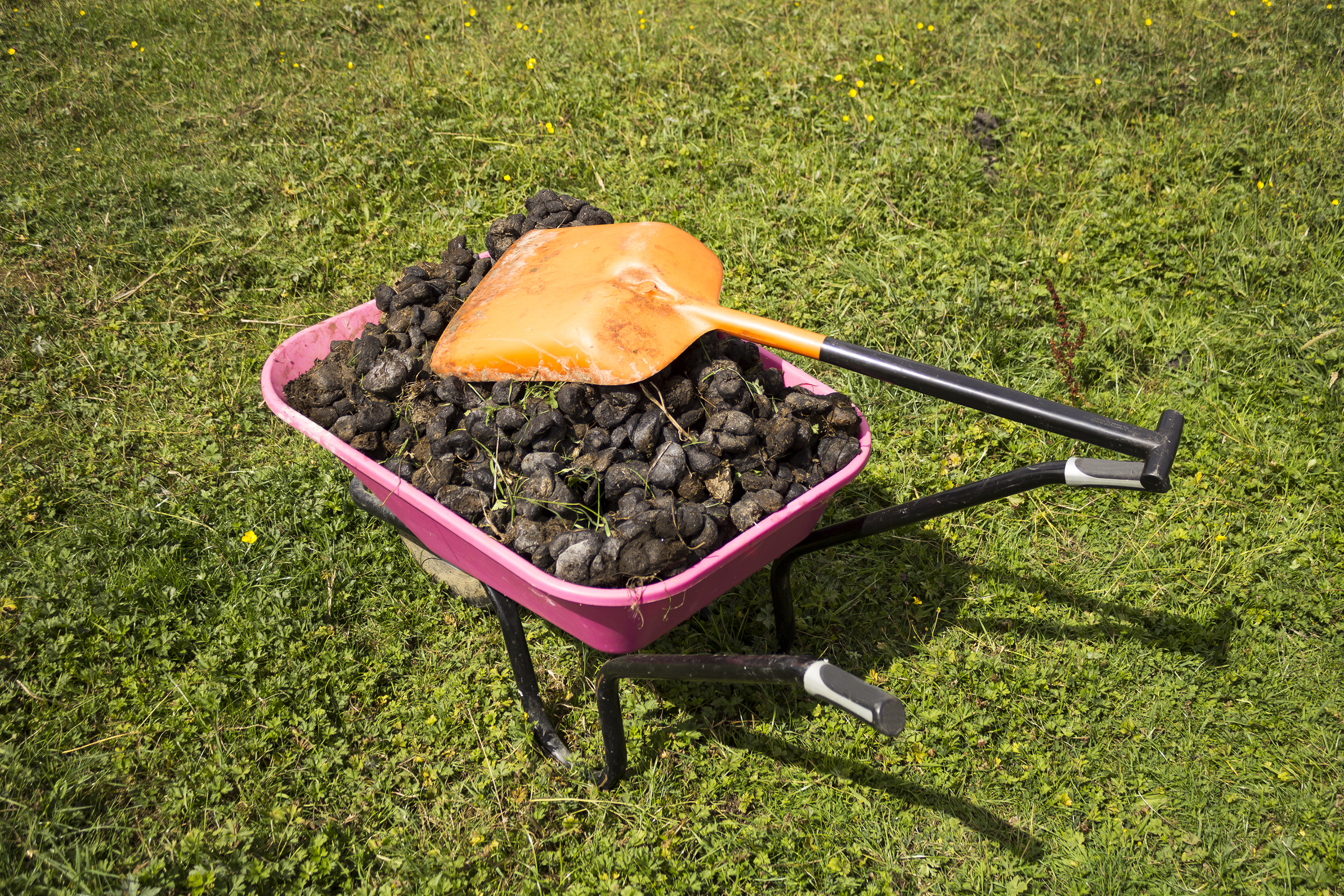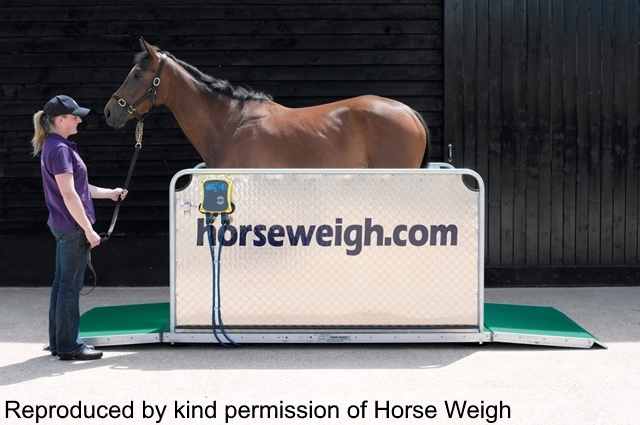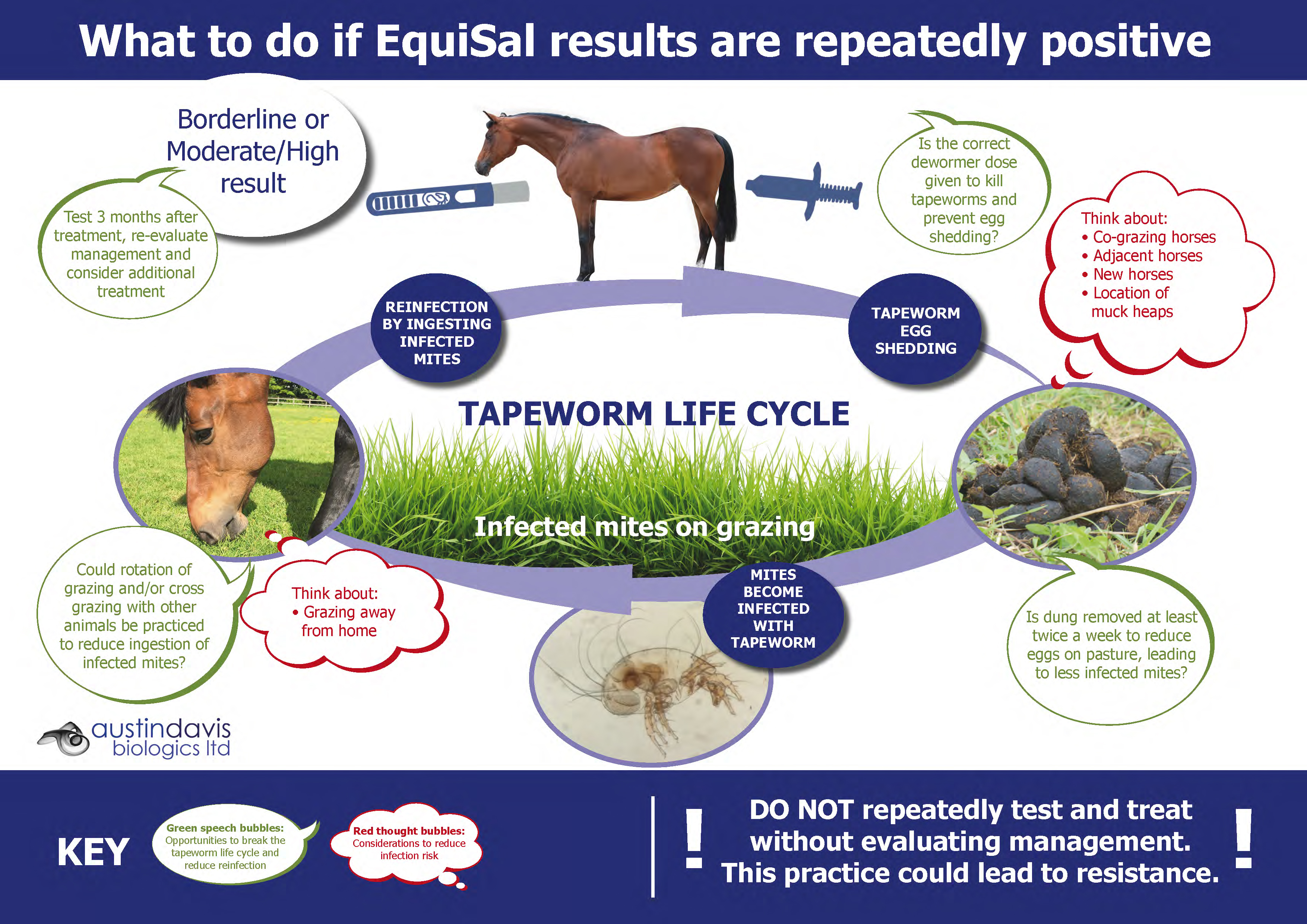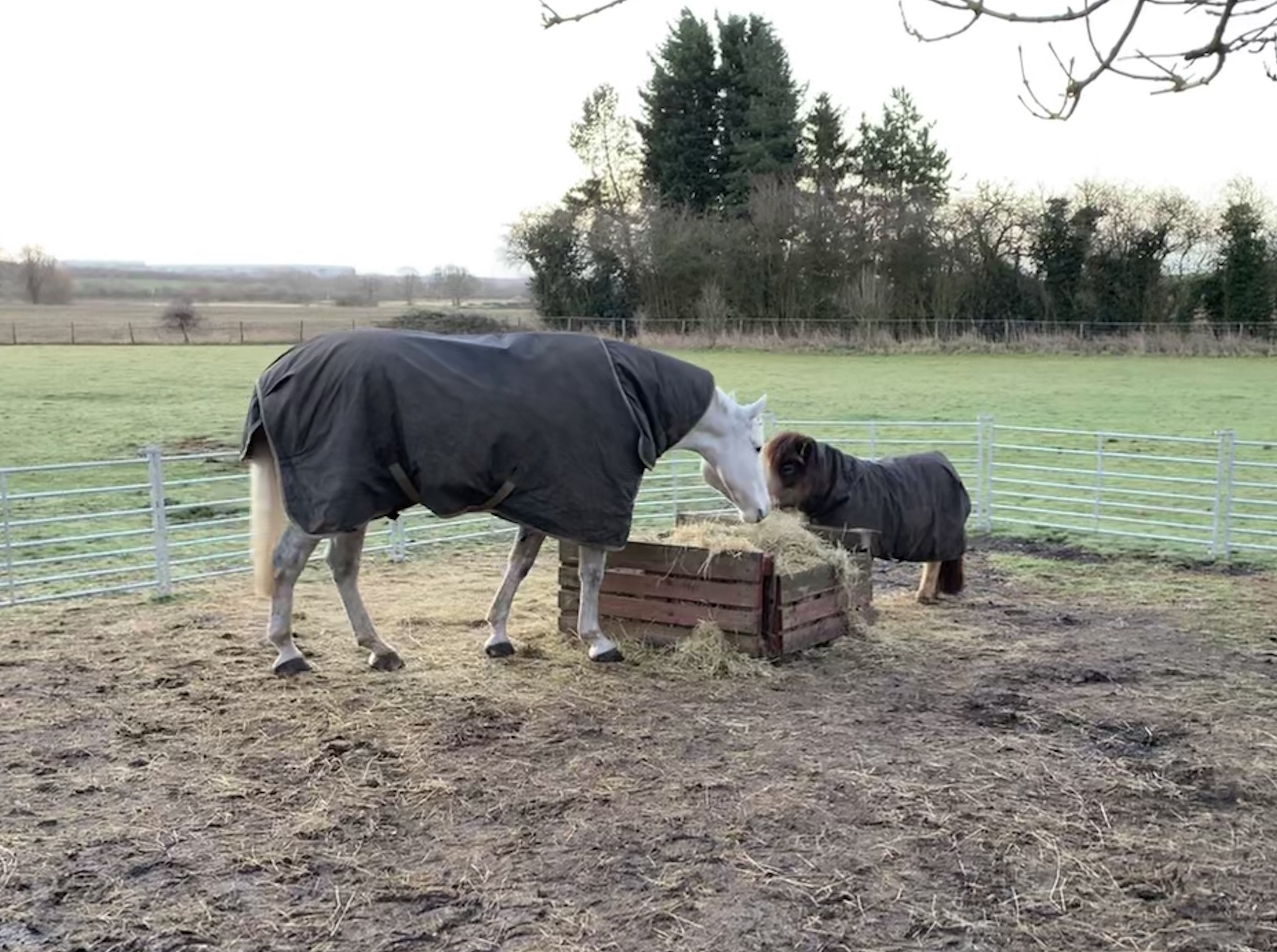Reducing Risk
Management practices
The best approach to reduce tapeworm infection risk and therefore prevent the development of dewormer resistance is to evaluate and implement improved pasture management in order to move to a situation where reinfection is considerably reduced. Management practices to consider are detailed below.
Clear dung from the field on a regular basis,  preferably daily but at least twice a week. Tapeworm eggs in dung remaining on the paddock will increase the potential for oribatid mites (the intermediate host in the tapeworm lifecycle) to ingest tapeworm eggs and result in horses becoming reinfected after deworming.
preferably daily but at least twice a week. Tapeworm eggs in dung remaining on the paddock will increase the potential for oribatid mites (the intermediate host in the tapeworm lifecycle) to ingest tapeworm eggs and result in horses becoming reinfected after deworming.
Restrict grazing while away from home as the presence of tapeworm-infected oribatid mites are not known. For more information on the involvement of oribatid mites in the tapeworm life cycle, click here.
Ensure that dewormers are not under-dosed which would result in persistent burdens.

 Test for tapeworm and only treat horses that are diagnosed with a burden.
Test for tapeworm and only treat horses that are diagnosed with a burden.
Tapeworm testing following a borderline or moderate/high result: evidence based guidance
In horses that report a borderline or moderate/high saliva score, a saliva retest can be performed 3 months after treatment. This is because tapeworm-specific antibodies reduce more quickly in saliva than in serum, with a published study indicating that in over 70% of praziquantel-treated horses, antibodies reduced to below treatment threshold levels within 5 weeks. Later studies demonstrated that in horses grazing fields where dung was removed frequently or horses that were stabled, saliva scores reduced below the treatment threshold in all animals within 12 weeks.
If saliva scores remain high at a retest from 3 months onwards, it indicates that ongoing transmission of tapeworm is occurring. Improvements in pasture management should be undertaken where possible, and/or an anti-tapeworm anthelmintic treatment should be considered where appropriate to mitigate further contamination of pasture with tapeworm eggs. All co-grazing horses should be assessed with the EquiSal Tapeworm test in case other horses are acting as a continued source of tapeworm eggs onto the pasture.
To support the above advice, a user-friendly graphic indicates where reinfection risks occur within the tapeworm life cycle, together with considerations on how to reduce the infection risk. The key point is that owners should NOT repeatedly test and treat horses without evaluating management, as this practice could lead to resistance.

Quarantine procedure
Collect samples to determine worm infection levels before deworming.
Administer dewormers required after estimating weight with a weightape or weighbridge.
Allow 3 days after deworming before allowing new horses access to grazing areas.
If a new arrival has a worm burden then retesting should be carried out 2 weeks after treatment for redworm (FEC) or after 3 months using the saliva tapeworm test to determine if deworming was effective.
Future plan: monitor the whole herd with regular FEC and EquiSal Tapeworm saliva testing to determine if the quarantine period was effective and treat as necessary.

